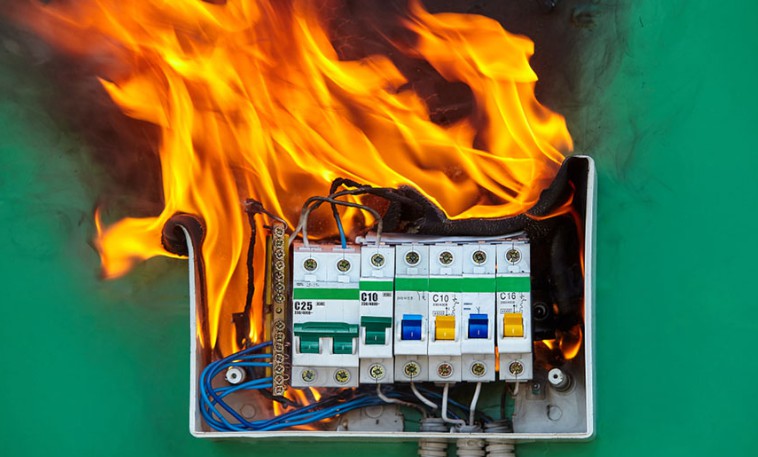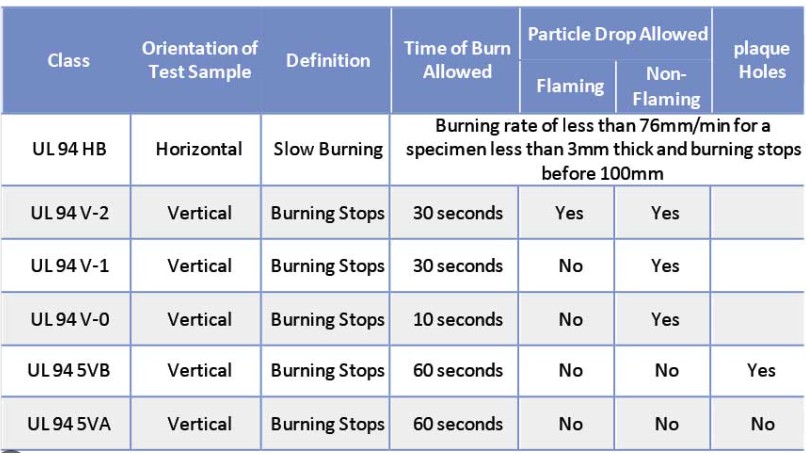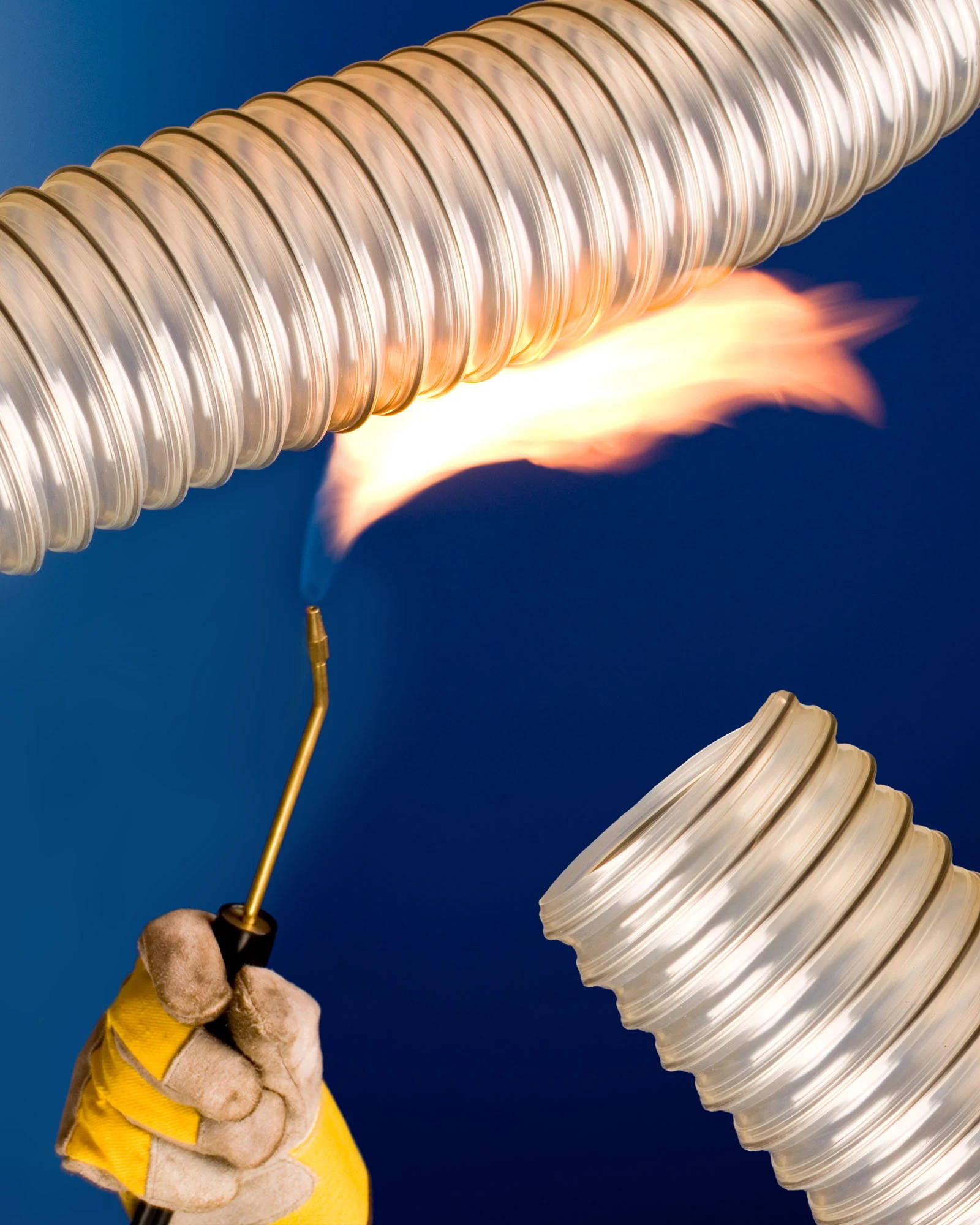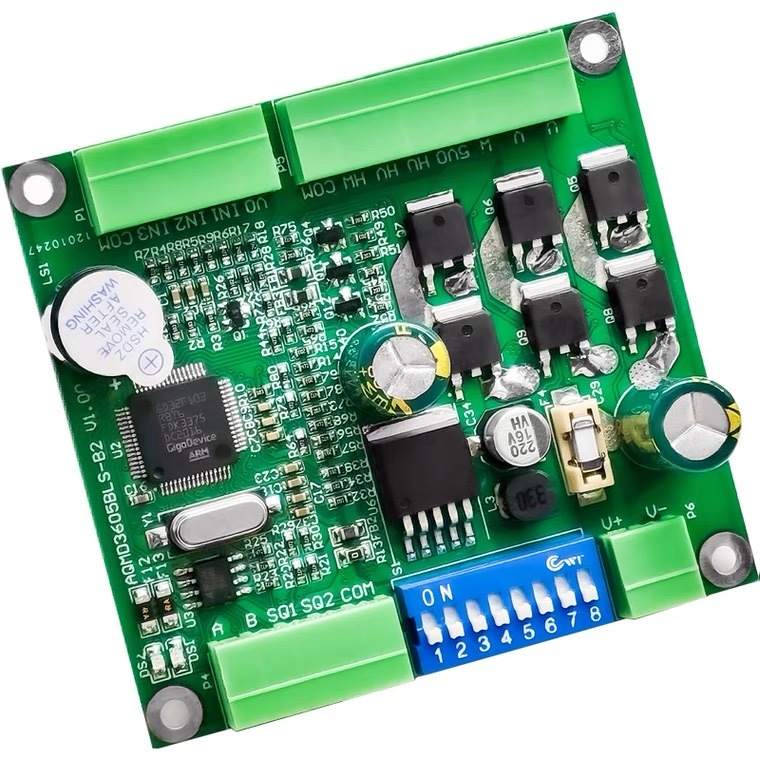Circuit boards have been the foundation of electronics for as long as we can remember. Their goal has always been simple: mechanically supporting components while enabling power and signal interconnections.
As demands grow for lighter and more durable boards suited to high frequencies, new laminate materials have been developed. One advanced offering with rapidly increasing popularity is the 94v0 circuit board.
But what exactly does the cryptic 94v0 designation mean? What special properties set these boards apart? Well, that's the essence of the article. We'll unpack everything PCB designers and engineers need to know about 94v0 boards.
We'll look at the 94v0 rating, material properties, key applications taking advantage of the performance, comparisons to other laminates, and considerations when incorporating 94v0 boards into designs.

What's a 94v-0 Circuit Board
A 94v0 circuit board refers to a printed circuit board (PCB) made with a flame retardant 4 (FR-4) glass epoxy laminate certified to meet a V-0 rating in the UL 94 flammability standard. The UL 94 test methodology assesses ignitability, flaming combustion, and other fire propagation properties of plastic materials used in devices and appliances.
Specifically, the 94V-0 designation means that during the UL 94 vertical burning test, the material stops burning within 10 seconds after ignition from a first flame application, does not burn with flaming drips, and exhibits no burning for more than 30 seconds after a second ignition.
This high flammability rating makes 94v0 well suited to electrical equipment used in harsh conditions with elevated fire risks. The epoxy resin formulation enhancing flame resistance also yields superb thermal performance, chemical resistance, and mechanical stability.
94v0 FRP-4 laminates manage heat efficiently while withstanding flexing and vibration stresses. These combined electrical, mechanical, chemical, and fire prevention properties make 94v0 PCB substrates an attractive option for demanding applications from industrial control to aerospace systems.
What Does 94v-0 Stand for
The numeric designations in 94V0 convey key metrics regarding the fire resistance properties of the circuit board material based on standard flammability tests. Breaking down the cryptic code reveals useful performance insights:
94 - Refers to UL 94, the UL standard for the safety and flammability of plastic materials. This is for parts in devices and appliances. First introduced in 1980, UL 94 encompasses various vertical and horizontal burn test configurations to assess ignitability, flame spread speed, dripping, and other measures. Passing UL 94 certifications are required for many commercial electronic products.
V - Stands for vertical burning test orientation where the sample is held vertically while the ignition flame is applied at the bottom edge. This mimics real-world orientations where fire would propagate from the bottom up. Horizontal burning setups are designated H.
0 - Reflects the highest V rating per UL 94, denoting resistance to burning and fire spread. V ratings of 0, 1, or 2 indicate successively less stringent criteria:
● V-0: Burning stops within 10 seconds. No flaming drips permitted. Total burn duration before self-extinguishing < 30 seconds.
● V-1: Burning stops within 30 seconds. Flaming drips are allowed. No inflammation after flame removal.
● V-2: Burning ceases within 30 seconds. Flaming drips are permitted. Traces of inflammation are allowed after the test.

So attaining 94V0 status certifies that the laminate withstands a 60-second vertical burn exposure with no continued flaming or glowing combustion longer than 10 seconds once the ignition flame is removed. This demonstrates superior fire safety properties ideal for mission-critical electrical applications.
It is important to note that 94V0 does not signify a complete non-flammability rating. Given a large enough ignition source, the material will eventually burn.
However, 94V0 means it self-extinguishes rapidly without fueling sustained fire spread. This built-in fire prevention allows safer operation in demanding environments prone to flame initiation events.
So, the rating confirms PCB substrate construction from composite resins formulated and reinforced to avoid flashover combustion. Let's look closer at why these materials achieve such success in impeding fire propagation.
Properties of 94v-0 Circuit Boards
We've been on these boards for some minutes now, so you might be wondering what unique properties make them well-suited for use in various electronics applications. Here are some key properties include:
Flame Retardancy
One critical property of 94v-0 boards is their flame-retardant abilities. The v-0 rating refers to the flammability rating assigned by Underwriters Laboratories (UL). Boards with a 94v-0 rating have a very high resistance to catching fire and meet strict UL safety standards for flame retardancy.
Specifically, 94v-0 boards are made from resin systems designed to reduce flammability. They are also reinforced with glass fibers to further discourage burning or warping when exposed to high temperatures up to 130°C. This high flame resistance makes 94v-0 boards ideal for electronics that generate significant heat or are used in high-risk fire applications like appliances.
Heat Tolerance
In addition to flame retardancy, 94v-0 circuit boards have excellent heat tolerance properties. They retain their structural stability and integrity in temperatures up to 130°C. The boards are designed to withstand reflow soldering processes that attach electronic components to the board surface.
The resin gives 94v-0 PCBs an unusually high glass transition temperature over 100°C. This allows the boards to handle rapid heating and cooling cycles without damage like cracking that could lead to electrical shorts and component failure. This thermal durability makes these boards suitable for electronics in hot environments like inside appliances.

Moisture & Humidity Resistance
The resin systems used in 94v-0 circuit boards also provide exceptional moisture and humidity resistance. They have extremely low moisture absorption (less than 0.1%) even after prolonged exposure to environments with up to 85% relative humidity.
This moisture resistance prevents electrical leakage, corrosion, and dendritic growth that could shorten traces on the boards. It also prevents mechanical issues like board warpage. These properties allow 94v-0 boards to be used in electronics exposed to wet environments or rapid temperature/humidity changes, like bathroom fans or outdoor lighting.
High Dielectric Strength
The laminate material in 94v-0 PCBs also provides high dielectric strength between 15-25KV/mm. This means that the boards can withstand very strong electric fields without breakdown or arcing between conductors on the board.
This high dielectric strength allows the boards to operate safely at high voltages required in applications like power supplies and motor controls. It prevents electrical shorts or discharge damage even when dirt, grime, or moisture accumulates on the board over time.
Dimensional Stability
PCBs rated 94v-0 have excellent dimensional stability as well. They retain their shape and dimensions under various thermal, humidity, and mechanical stresses. There is minimal expansion, contraction, or warping of the boards in changing environmental conditions.
This dimensional stability prevents the failure of solder joints and connections between the PCB and electronic components. It also prevents damage to conductive traces on the board or separation of the laminate layers over time. This makes 94v-0 boards well-suited for electronics and appliances meant to have long service lives over 10+ years.
With what's been said so far, it tells you that 94v-0 circuit boards have exceptional flame retardancy, heat tolerance, moisture/humidity resistance, dielectric strength, and dimensional stability.
These properties allow the boards to withstand the operating conditions of a wide range of electronics applications, from household appliances to industrial equipment. When structured performance and safety are critical design factors, 94v-0 boards make an ideal PCB material choice.
Why You Need a 94v-0 Circuit Board
94v-0 circuit boards offer crucial safety and performance benefits, making them a smart choice for many electronics applications. For consumers, developers, and manufacturers alike, here's why these flame-retardant boards matter:
Consumer Safety
As a consumer, you want assurance that the appliances and devices in your home won't overheat or pose fire risks—after all, electrical faults cause over 40,000 fires per year.
94v-0 boards are designed for flame resistance and high-heat operation, giving you peace of mind that your devices won't fail catastrophically, even with sustained use. By choosing products made with 94v-0 PCBs, you minimize risks to your safety.
Developer Reputation
As a developer of electronics, you need your designs to withstand rigorous testing and perform reliably in the field. Using standard PCB materials means exposing your prototypes to failure under thermal stresses.
With 94v-0 boards that tolerate temperatures exceeding 130°C, you can refine and demonstrate designs that meet strict quality and safety criteria for consumer or commercial markets.
Manufacturer Credibility
Electronics manufacturers aim to build brand recognition and loyalty through durable and powerful products. Incorporating 94v-0 circuit boards allows you to bring devices to market suited for high-demand settings involving heat, moisture, and other environmental stresses.
With greater reliability, your company gains industry credibility while the high dielectric properties support niche applications like motor controls and power supplies needed to expand product lines.
In short, 94v-0 boards offer heat tolerance, flame resistance, and electrical properties that directly address the performance, safety, and reliability demands shared by consumers, developers, and manufacturers alike.
94v-0 Circuit Board Applications
The unique properties of 94v-0 printed circuit boards make them suitable for use in various electronics applications, especially those involving heat, moisture, or other environmental stresses. Some of the most common 94v-0 board applications include:

Home Appliances
The high heat resistance of up to 130°C allows 94v-0 boards to be used in household appliances like ovens, dryers, water heaters, and dishwashers. These environments experience sustained high temperatures that require the flame retardant and thermal durability abilities of 94v-0 PCBs.
Power Tools & Motors
Power tools like circular saws, drills, and grinders rely on electric motors that generate significant heat and exposure to debris. Here, 94v-0 boards maintain the dielectric properties needed for motor control while resisting dust, dirt, and temperature extremes that spell failure for standard boards.
Automotive Electronics
Under-the-hood automotive electronics must perform reliably in hot, humid engine compartments for years. 94v-0 circuit boards meet the moisture, heat, and vibration resistance requirements for electronic throttle controls, sensors, relays, engine control units, and other automotive modules operating in extreme temperatures between -40 °C and 105 °C.
Outdoor Lighting
For outdoor lamp posts, landscape lighting, commercial signs, and similar exterior electronics, 94v-0 PCBs withstand constant exposure to the elements. Their dimensional stability prevents cracking, while moisture resistance allows operation through all seasons of sun, rain, salt air, snow, and rapid weather changes that erode standard circuit boards over time.
Their specialized properties make them an ideal choice where temperatures, humidity, debris, vibration, or long-term reliability factors push the limits of conventional PCB materials.
Frequently Asked Questions (FAQs)
Now, we know you've got some good questions running through your mind right now, so we'll try our best to answer some of those questions in this section.
1) What's the UL 94v-0 Flammability Test?
The UL 94 test is a standardized flammability test conducted by Underwriters Laboratories (UL) to classify materials based on fire resistance. The 94v-0 rating is the highest flammability classification, indicating the material self-extinguishes without dripping within 10 seconds after ignition.
2) What is the UL 94v-0 Material?
The resin system used in 94v-0 rated PCBs is typically high-temperature FR-4 material reinforced with woven fiberglass for enhanced mechanical strength. These laminates incorporate flame retardant additives to minimize flare-up, smoke, and afterglow when exposed to a flame source.
3) What is 94V on PCB?
The marking 94V on a printed circuit board refers to its UL 94 vertical burning flammability rating of 94v-0. This means the laminate material achieves the highest rating (v-0) after undergoing the 94 mm vertical burning test to assess flame retardance.
4) What are the Standards for 94v-0 Circuit Boards?
To receive the 94v-0 rating, the PCB laminate must meet specific UL 94 vertical burn criteria:
● Flame time <10 seconds after each flame application
● No burn rate higher than 60 mm/minute
● No drips of flaming particles are allowed
● The board must also pass related tests like the vertical flame 127 mm test and the molded combustibility test
5) How Much Does a 94v-0 Circuit Board Cost?
Because of the specialized FR-4 material and rigorous manufacturing quality processes required, 94v-0 PCBs cost 20-30% more than standard FR-4 circuit boards. However, for safety-critical electrical devices and equipment, the added safety and product life span justify the additional costs.
Conclusion
In situations where electronics face environmental extremes of heat, chemicals, vibration, and fire risk, 94V0 circuit boards provide a solution. Their specialized FR-4 resin formulation achieves UL94 V-0 certification for self-extinguishing fire resistance.
Further enhancements yield exceptional thermal conductivity for heat management alongside formidable mechanical strength and rigidity.
This enables reliable deployment of advanced circuits into demanding applications ranging from ruggedized military systems to offshore oil platforms that experience temperature swings, constant motion, contamination, and ignitability hazards.
While costlier than commodity boards, the versatility, resilience, and safety margins of 94V0 substrates make them an attractive choice where failure is not an option.
Their unique balance of electrical, mechanical, chemical, and flame resistance propel 94V0 PCBs to address some of technology's harshest infrastructure challenges.
















